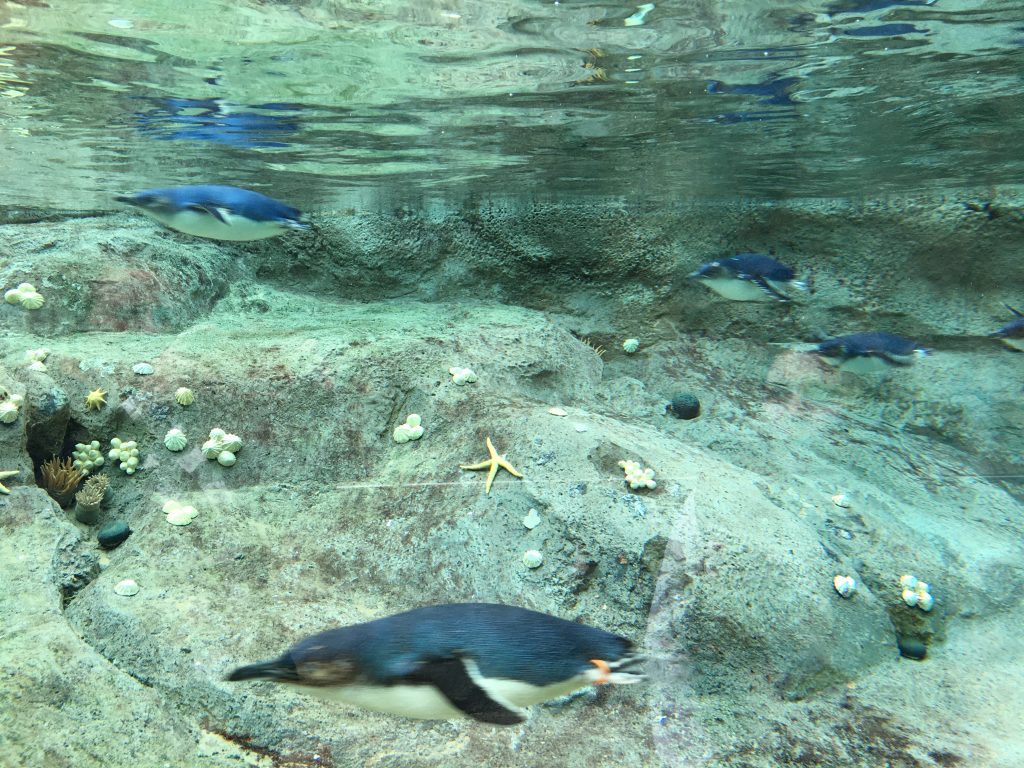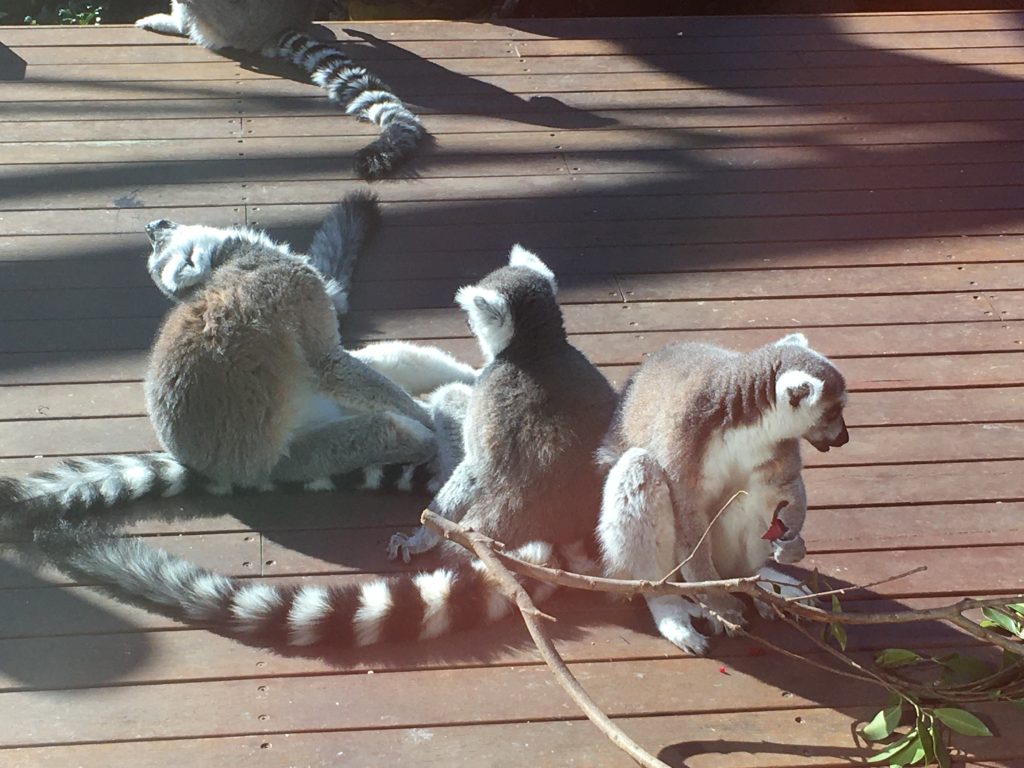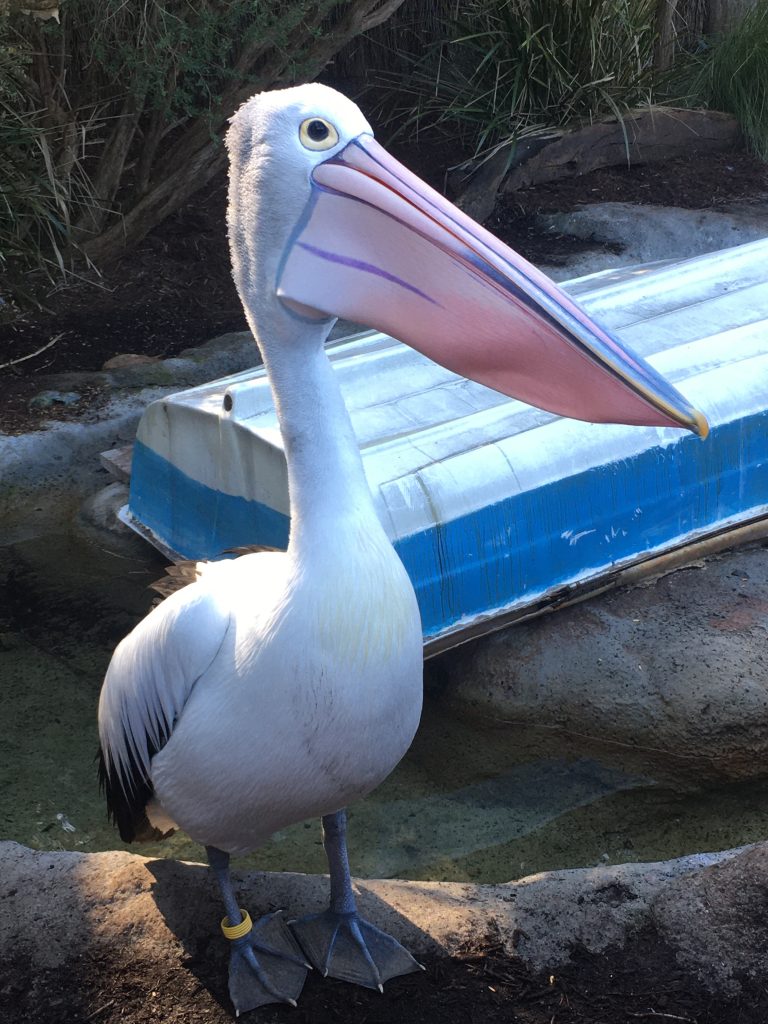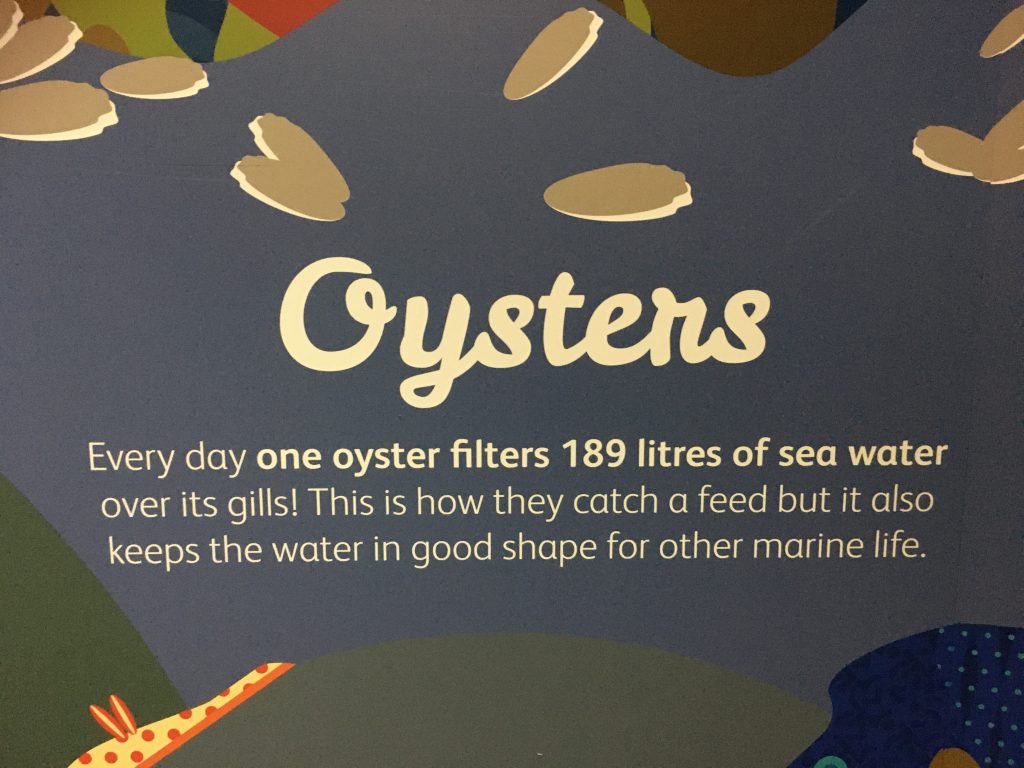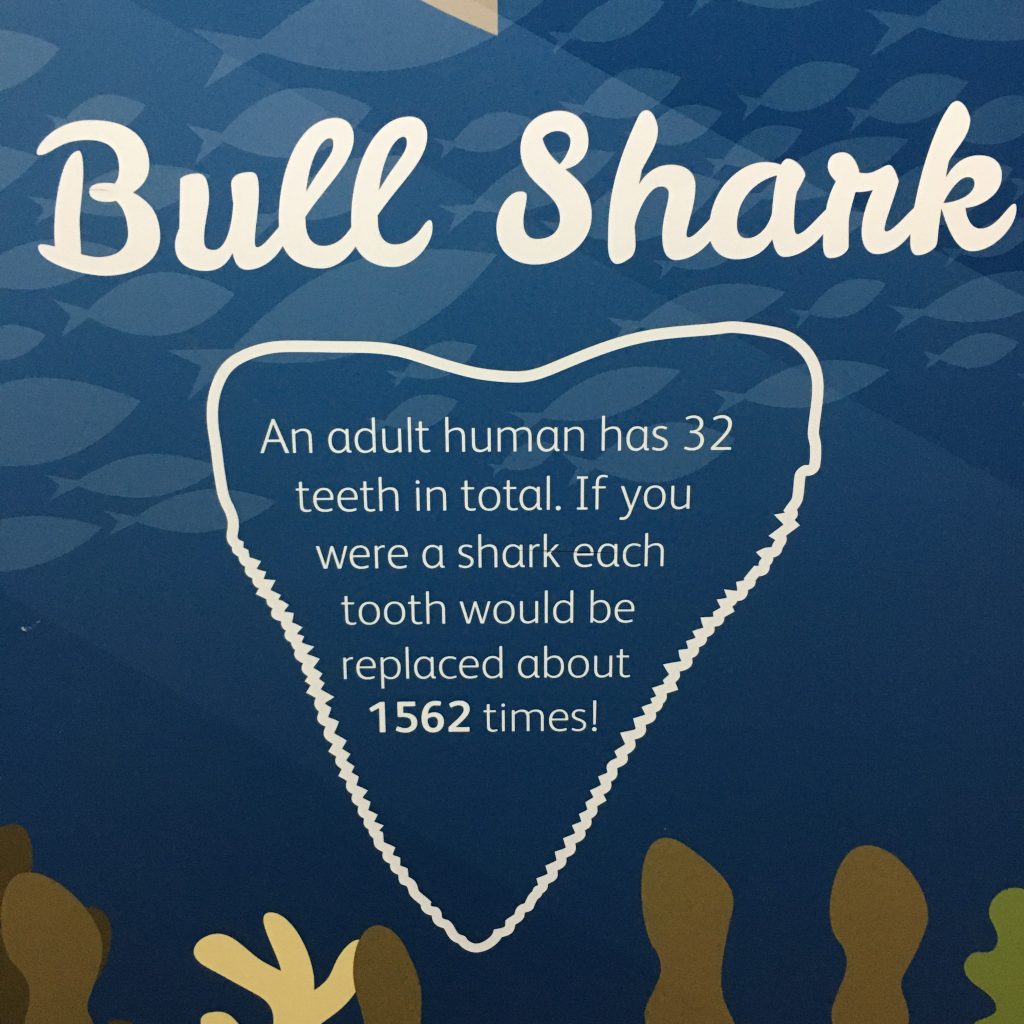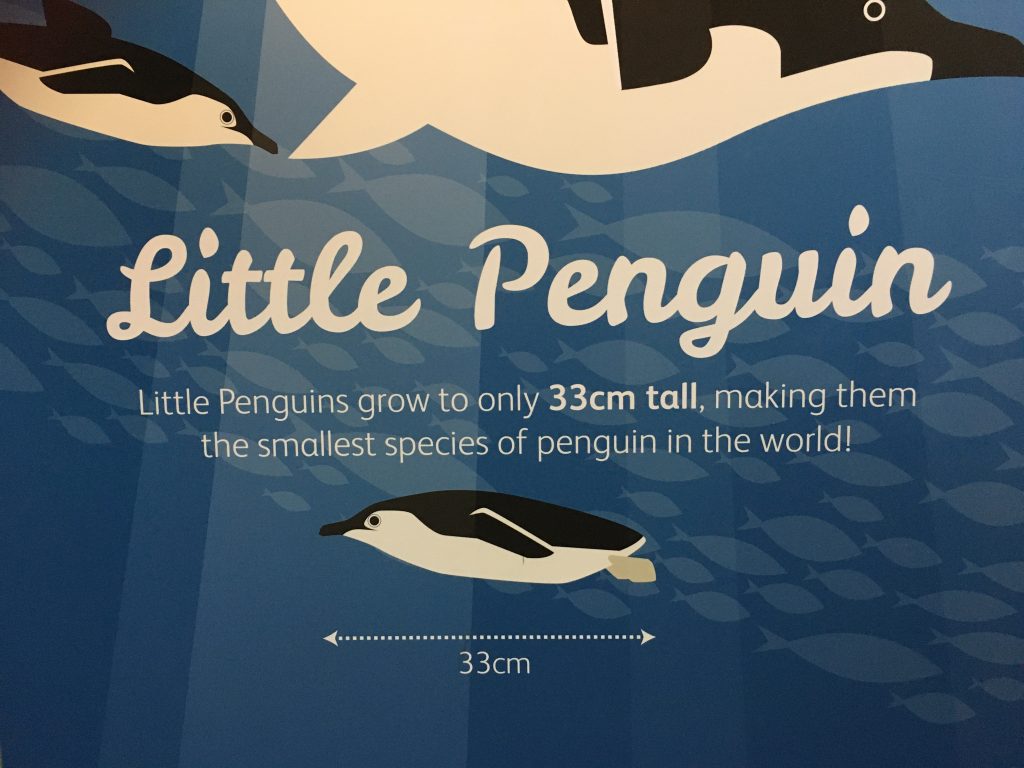This weekend I visited Taronga Zoo in Sydney with my ten year old daughter. It was a lovely sunny day and was a great opportunity to go on an excursion, something that I know won’t be possible through school for a while. Apart from just enjoying wondering around and seeing all the animals, the zoo is a place where great mathematical investigations can be found. Most of these investigations can occur quite naturally through simple noticing and wondering questions. As a parent and a teacher, it’s hard to not slip into ‘teacher-mode’ when out. I generally can’t help myself in finding (and looking for) opportunities to see mathematics.
In this blog I will share a few of the mathematical investigation questions that came up as we walked around the zoo. Whether you can go to the zoo physically, watch the animal live streaming via TarongaTV, or use photos of past visits or found online, theses investigations could be explored both at school or during learning at home. Other educators share these types of investigations as well, such as noticing and wondering, howmany, estimation180, Mark Chubb’s (@MarkChubb3) excellent blog page also has a nice article on making maths visual and the Maths Shots Facebook group (founded by @muir_tracey, @BUBBLINGDAY, @sharynlivy and others) has some great images and questions as a resource.
Quantifying – How many?
It’s a simple question but asking a child ‘how many?’ at the zoo promotes skills in estimation as well as developing grouping strategies to make their ‘guess’ more accurate. There are plenty of animal enclosures at Taronga zoo that have families or groups of animals to count, from chimpanzees to meerkats, tamarins to the bird aviary. A fun group to count are the penguins, they swim at lightning speed through the water so counting them can be tricky! I took a video that might be a good discussion starter.
Estimating – how big?
When learning how to estimate, measurement concepts are a good place to start by informally comparing animals. Concepts related to length may be easier as children are only dealing with one dimension (linear) when making their estimation. You can also have estimation discussions about ‘how big’ an animal is. ‘Big’ is a comparative term, the item, in this case an animal, needs to be compared to something else for a decision to be made on if it’s big or small, or bigger than or smaller than. This elephant mother and her baby image allows for these types of investigations, along with questions such as: I wonder how much bigger the mother elephant is? How tall do you think the baby elephant is? How could you work it out?
Noticing and Wondering
Three other animals that were great for sparking mathematical discussion were the lemurs, the pelican, and the capybaras. Asking noticing and wondering questions allow children to take the lead in talking about what they can see and what questions they have. With animals, some of these questions may also be linked to scientific information about the animal, like, I wonder how many fish the pelican eats in a day? or The capybara’s fur looks like the outside of a coconut, I wonder what’s it made out of? These are still valid, any question that creates a curiosity to learn more should be welcomed.
Finding out amazing mathematical facts
In the seal and penguin section of the zoo they had walls of information about some of the sea wildlife in Australia. Most of the facts included mathematics. These images or facts would make interesting investigations where students compare some of the facts to other animals, or to themselves. Visualising what some of these facts ‘look like’ would also be useful. The oyster filters 189 litres of sea water a day, how many buckets would I need to fill to make 189 litres?
Timing – how fast?
One of the highlights of our visit to the zoo was seeing the young giraffe galloping around the enclosure. The video would be a good discussion starter on measuring and comparing time, distance and speed. There is a famous mathematics lesson using a video of Carl Lewis’ running pace in the 100 m race of the 1984 Olympics (How long is a running pace? from the Mathematics Curriculum and Teaching Project (MCTP)). I have a hard copy of the book, but some information can be found here. Children could compare their strides or pace with the giraffe. They could estimate the distance he runs and record how long it takes him. They could compare the giraffe’s speed with that of other animals like lions, tigers or leopards.
Hopefully some of the ideas I’ve shared are useful to teachers and/or parents looking for real-world mathematics connections to share with their children. The Taronga Zoo website is also a good place for researching and finding out information about the animals they have at the zoo. Natural noticing and wondering of mathematical contexts and elements of everyday life provide children with meaning and purpose to learning mathematics.
